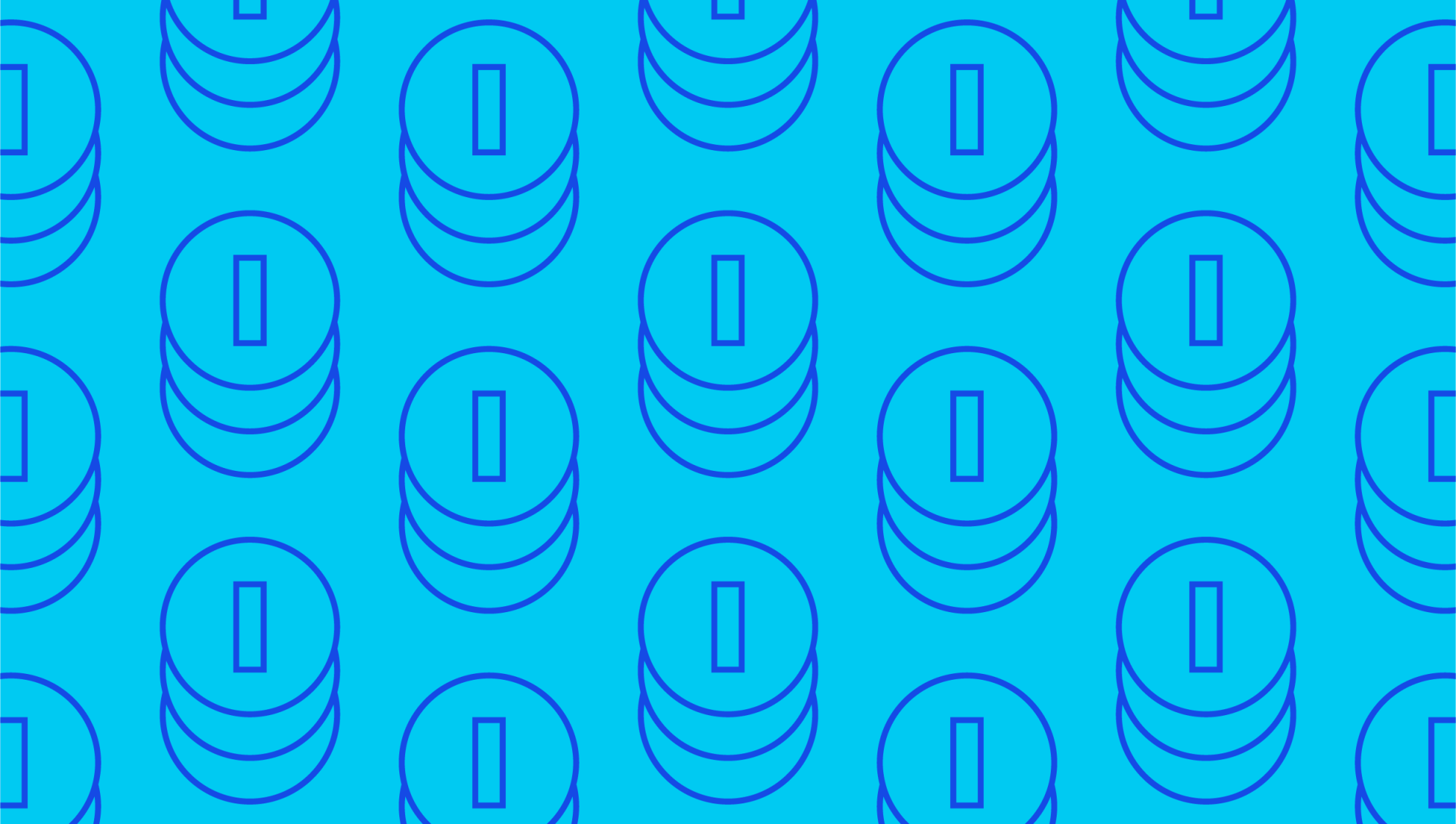Last editedNov 20202 min read
Used by investors to determine whether to invest in a business or project, discounted cash flow (DCF) is a handy tool for determining the fair value of an investment. It can work for projects, real estate, bonds, publicly traded stocks, and businesses, as well as virtually any type of investment that is expected to produce a cash flow. Check out our comprehensive guide to learn more about the advantages of discounted cash flow and how to do a DCF analysis.
Discounted cash flow models explained
Discounted cash flow is a valuation method that is used to work out the value of an investment (asset, company etc.) based on its future cash flows. To do this, it makes use of the time value of money (TMV) – the assumption that £1 today will be worth more than £1 tomorrow. In essence, DCF models are used to determine a company’s value today based on projections of how profitable it will be in the future.
What is the discounted cash flow formula?
Wondering how to do a DCF analysis? Although it’s a simple concept, DCF models can be quite difficult to get to grips with. Essentially, you need to project the cash flows you expect an investment to produce going forward, before discounting each future cash flow to present value. After the present value has been found, investors will evaluate the profitability of the investment in question. Generally speaking, the DCF valuation must be higher than the cost of the investment to justify investing in it.
The basic discounted cash flow formula is as follows:
DCF = CFt / (1+r)^t
These terms might be a little unfamiliar, so here’s a quick guide explaining what they mean:
CFt – Cash flow in period t
r – Discount rate based on the riskiness of cash flows
t – the life of the asset that’s being valued
What are the advantages of discounted cash flow?
Discounted cash flow is probably one of the best metrics for estimating the intrinsic value of an investment. It demands consideration of many different factors, including profit margins and future sales growth, while it also requires analysts to take into account the time value of money. This all serves to provide a more accurate valuation of a project or business, giving investors a better foundation from which to make a decision about the value of an investment.
What are the limitations of DCF valuation?
While DCF models are incredibly useful, there are some drawbacks that should be considered. Most importantly, the success of DCF analysis relies on your ability – at least to a certain extent – to predict the future. If your estimate of future cash flows isn’t accurate, then your DCF models won’t be worth very much. Businesses often encounter unforeseen hurdles, while it’s also possible that a product or service could be introduced and become wildly more popular than expected. Put simply, if a project is very complex or there are too many variables, the DCF analysis is unlikely to be accurate.
What’s the verdict?
Overall, discounted cash flow can be an excellent way to determine whether an investment is worthwhile. So, if you’re considering buying a business, a piece of equipment, or any other asset that provides a cash flow, it can be a useful tool to keep in your arsenal.
We can help
GoCardless helps you automate payment collection, cutting down on the amount of admin your team needs to deal with when chasing invoices. Find out how GoCardless can help you with ad hoc payments or recurring payments.


